What It Really Takes to Elevate Instruction
Templestowe Heights PS and the Unseen Updraft of Excellence
We’ve all been students. And most of us, at some point, have taught someone something—whether formally or informally. Because of that, it’s easy to form strong opinions about what teaching should look like. But there’s a big difference between having an opinion and standing in front of 25 students with 25 sets of eyes looking to you for clarity, direction, and care. It’s only in that moment—the “hot seat”—that the true complexity of teaching hits you.
In my previous post, I explored the concept of lethal mutations—where good instructional tools or practices can fail when used in the wrong context or at the wrong time. But this time, instead of focusing on what can go wrong, I want to highlight what elevates instruction. What makes teaching truly powerful?
Recently, I had the privilege of spending a few hours at Templestowe Heights Primary School, observing lessons across the school (Lyn Stone also touched on her thoughts of the experience here). Saying I was impressed would be an understatement. Yes, the classrooms were calm and focused—but it was more than that. Students were learning. Teachers were teaching. Not just delivering slides or passively managing behaviour, but actively engaging in the craft of teaching with purpose and precision.
And if you think teaching under pressure is tough, imagine doing it while being observed by Lyn Stone, Professor Pamela Snow, and Dr. Carl Hendrick. I’d be shaking in my boots. But the teachers at “Tempy Heights” didn’t just hold their own—they thrived.
After the walkthroughs, the leadership team invited feedback. While all visitors were full of praise, what struck me most was that after all the positive comments, Jeanette Breen (Learning Specialist) and Rhys Coulsen (Principal) still followed up via email, seeking further feedback. That kind of mindset—relentless reflection, constant refinement—is a key part of what makes the school so successful.
As I reflected on what made the teaching so strong, a few key principles stood out—practices that Tempy Heights teachers were doing better than I’ve seen at most other schools.
Five Principles That Elevate Instruction
Sweat the Small Stuff
Pivot to Pinpoint
Know Your Stuff
Consistency Matters
Your Role Changes with Student Need
1. Sweat the Small Stuff
Details matter—transitions, routines, teacher language, classroom positioning. At Tempy Heights, attention to detail wasn’t just encouraged; it was embedded in daily practice.
In Martin Ravindran’s (Learning Specialist) lesson, he asked students to explain their thinking while prompting the rest of the class with, “Everybody tracking.” When a few weren’t fully tuned in, he calmly waited and reminded them to turn and face the speaker before continuing. These micro-moments built a culture of listening, respect, and accountability.
Fresh off Jeanette’s visit to top-performing UK schools (you can listen to her reflections here), we also saw students walking the school with pride and purpose. This wasn’t a rigid, militaristic routine—it was students owning their behaviour, chest out, proud to represent their school.
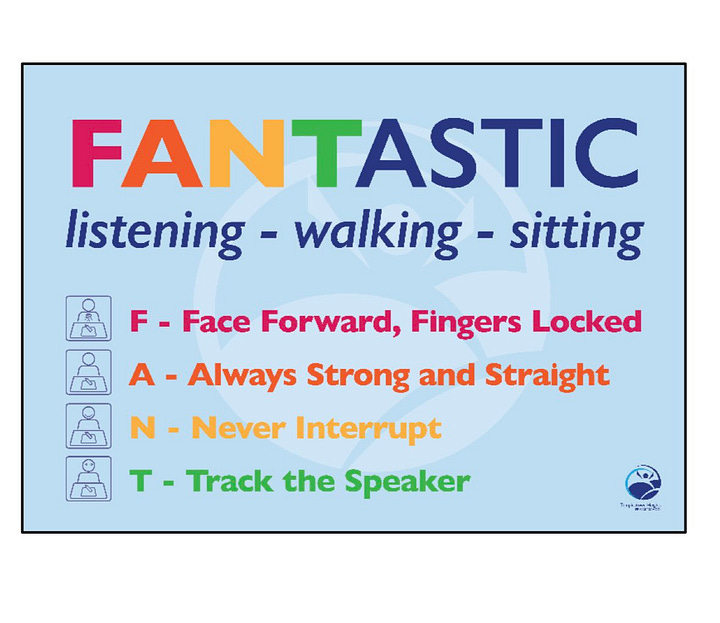
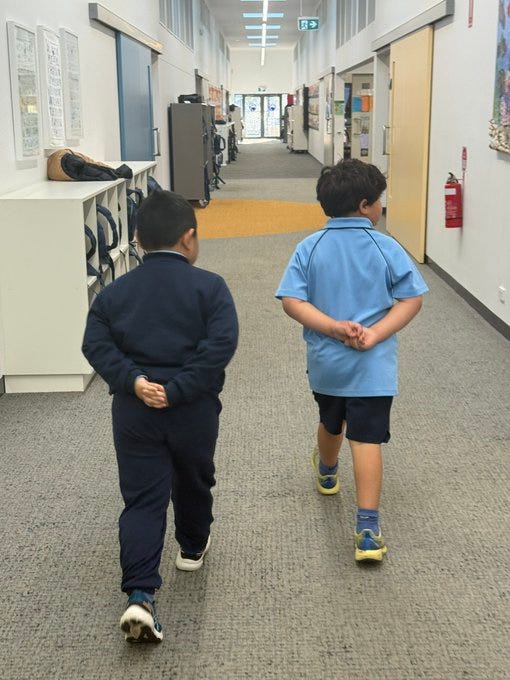
2. Pivot to Pinpoint
Teachers didn’t rigidly stick to a plan. They read the room. They responded to student needs in real time. They pivoted—but with precision.
Take these moments from Martin and Lara Zubic-Yette: both began with slides, but quickly adjusted based on how students were responding. Whether it was clarifying a concept, providing an example, or offering more practice, each decision was tailored to move student understanding forward.
3. Know Your Stuff
It was clear: these teachers weren’t just delivering curriculum—they understood the content deeply and how to teach it effectively.
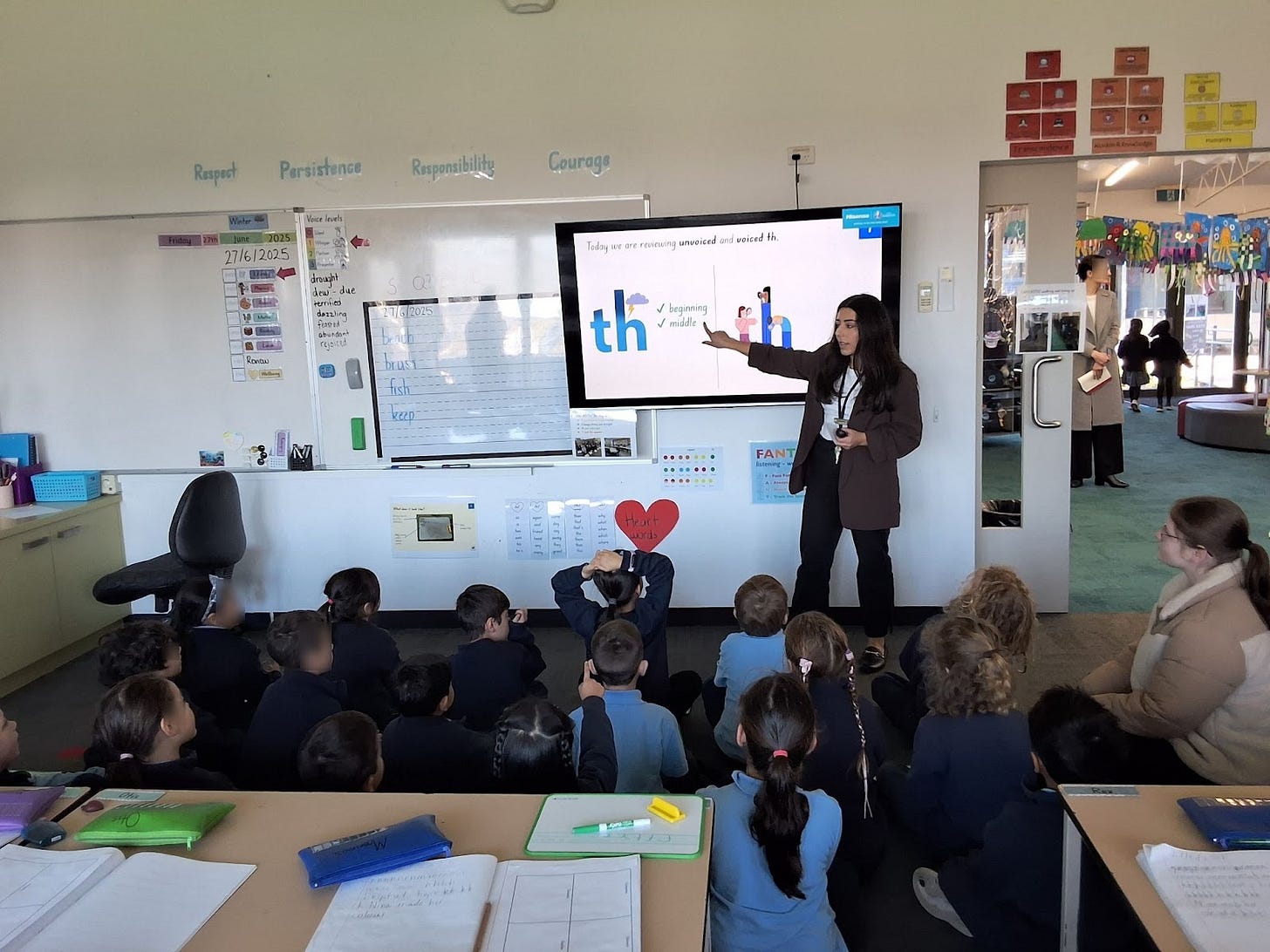
For example, teaching phonics well requires strong pedagogical content knowledge. In Reannan Rossi’s lesson, she expertly addressed a common misconception: how the unvoiced /th/ can be confused with /f/, and the voiced /th/ with /v/. This kind of real-time correction and clarity was present in almost every room I stepped into. You can’t give actionable, specific and timely feedback if you don’t know your stuff!
4. Consistency Matters
Across classrooms, there was a shared language, clear expectations, and low-variance instructional routines. That coherence amplified impact—students knew what to expect and could focus fully on the learning.
Laura Hicks used the cue “Reading voices on” multiple times to prompt students before reading aloud. The phrase was delivered in the same calm tone each time. Students didn’t need to guess what to do—they just did it. That predictability builds trust and frees up cognitive space.
The staff also share a belief in having a sequential, knowledge-rich curriculum. Led by Samantha Charlton (Learning Specialist), they’ve embedded a scope and sequence that allows knowledge to build deliberately over time—ensuring no student is left behind.
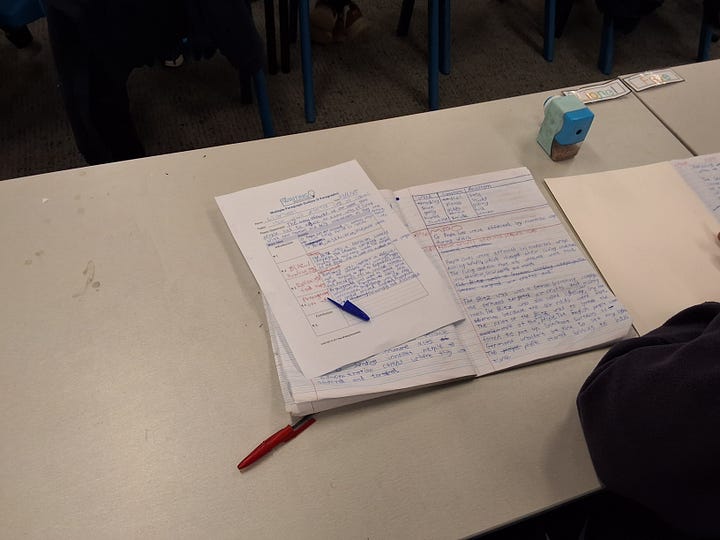
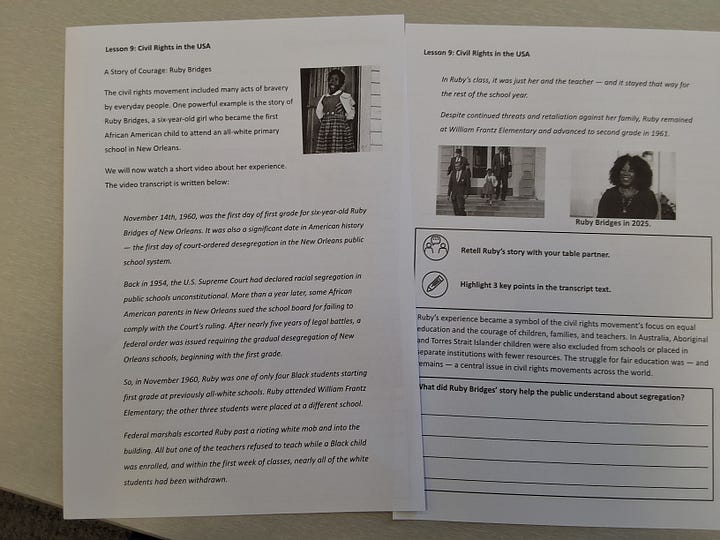
Even the visual presentation was consistent. As Rory McCaughey from StepLab noted, every classroom used the same font on their slides. It’s a small detail, but it means the type of font doesn’t become a barrier to learning.
5. Roles Change with Needs
Teachers shifted roles fluidly—sometimes instructing, sometimes guiding, sometimes observing. Their focus wasn’t on delivering a lesson; it was on meeting students where they were.
In one 7-minute segment, Martin offered students 12 opportunities to respond—via mini-whiteboards, turn-and-talk, and cold call. In other rooms, teachers stepped back during independent work to quietly observe and offer targeted feedback. It wasn’t about control—it was about responsiveness.
The Unseen Updraft
You can have the best strategies in the world, but they don’t matter without the unseen updraft—the mindset, the culture, the why.
That culture was on full display in one small but powerful moment: after being observed, a group of teachers huddled in the back of a classroom—during their own recess—to hear feedback from visitors. They could have stepped out, had a coffee, scrolled their phones. But instead, they leaned in. Why? Because they wanted to get 1% better.
Newly appointed Assistant Principal, Steph Dehghani shared that she had never worked at a school with such a clear and compelling vision—where every decision is a direct reflection of that vision. A powerful example of this is how teachers are shielded from unnecessary administrative tasks, allowing them to focus on their core purpose: teaching (read more about this below).
Principal Rhys Coulsen leads with a humble strength. His theme for the year—Tzedakah, a Hebrew word meaning “righteousness” or “justice”—reflects the school’s deep commitment to doing what’s right for students and for each other. As Rhys puts it, “You gain as much as what you give.” That belief runs through the entire staff.
Final Thoughts
These students weren’t just compliant. They weren’t just calm. They were happy. They were learning. They were thriving.
Don’t just take it from me. After the visit, I received this message from Renee Rooimans, a team leader at the school:
“You mentioned that high expectations were evident in the classrooms across the school and Dr Carl Hendrick also discussed student success being a motivator of engagement. I would say that teacher buy in is linked to this. Our leadership also embed a culture of high expectations for our teachers. Our wins, big and small, are acknowledged and celebrated.
The second aspect is our why. Every PD we are reminded of our why. This ‘why’ is two fold. I think a lot of schools want to ‘do the science of learning’ but understanding the research only gets you so far (although incredibly powerful start). Our staff are also driven by the changes we see in our students. We know that what we do works and every small win for our students further motivates our staff to strive for excellence.
Our vision is clear from Rhys to Jet and Sam to our SIT. There is a buy in for consistency because we feel like what we do is important. They are also very mindful of workload. Teachers do not get dumped with excessive administrative tasks. Everything we do has purpose, helps every other teacher, and is student focused.
One in all in, right?”
If you're looking to elevate instruction in your school, don’t just focus on programs or policies. Look at culture. Look at the unseen updraft that makes everything else possible.
🎯 Struggling to know whether to model again or move on?
You’re not alone — and this course is for you.
Effective Primary Maths Teaching is my live, two-day online course designed to help you stop second-guessing and start teaching with clarity and purpose.
Across two highly practical days, I’ll walk you through:
✅ When and why to use explicit instruction, word problems, fluency tasks, and more
✅ How to align your teaching with student readiness
✅ The nuts and bolts of effective daily reviews, worked examples, and fluency practice
✅ A practical framework to help you teach responsively — not reactively
Everything’s grounded in the science of learning, backed by real classroom examples, and designed so you can take action straight away. You’ll leave with a workbook, an action plan, and the confidence to use it all on Monday.
🗓️ Dates:
Day 1 – Monday 4 August 2025 (9am–3pm AET)
Day 2 – Monday 1 September 2025 (9am–3pm AET)
🖥️ Live online (with recordings) | 🧠 10 hours total | 💲 $299
Whether you’re a teacher wanting clarity or a leader building consistency, this is the course people tell me they wish they’d done years ago.
▶️ Register now: events.humanitix.com/effective-primary-maths-teaching
The last one sold out — don’t miss out.






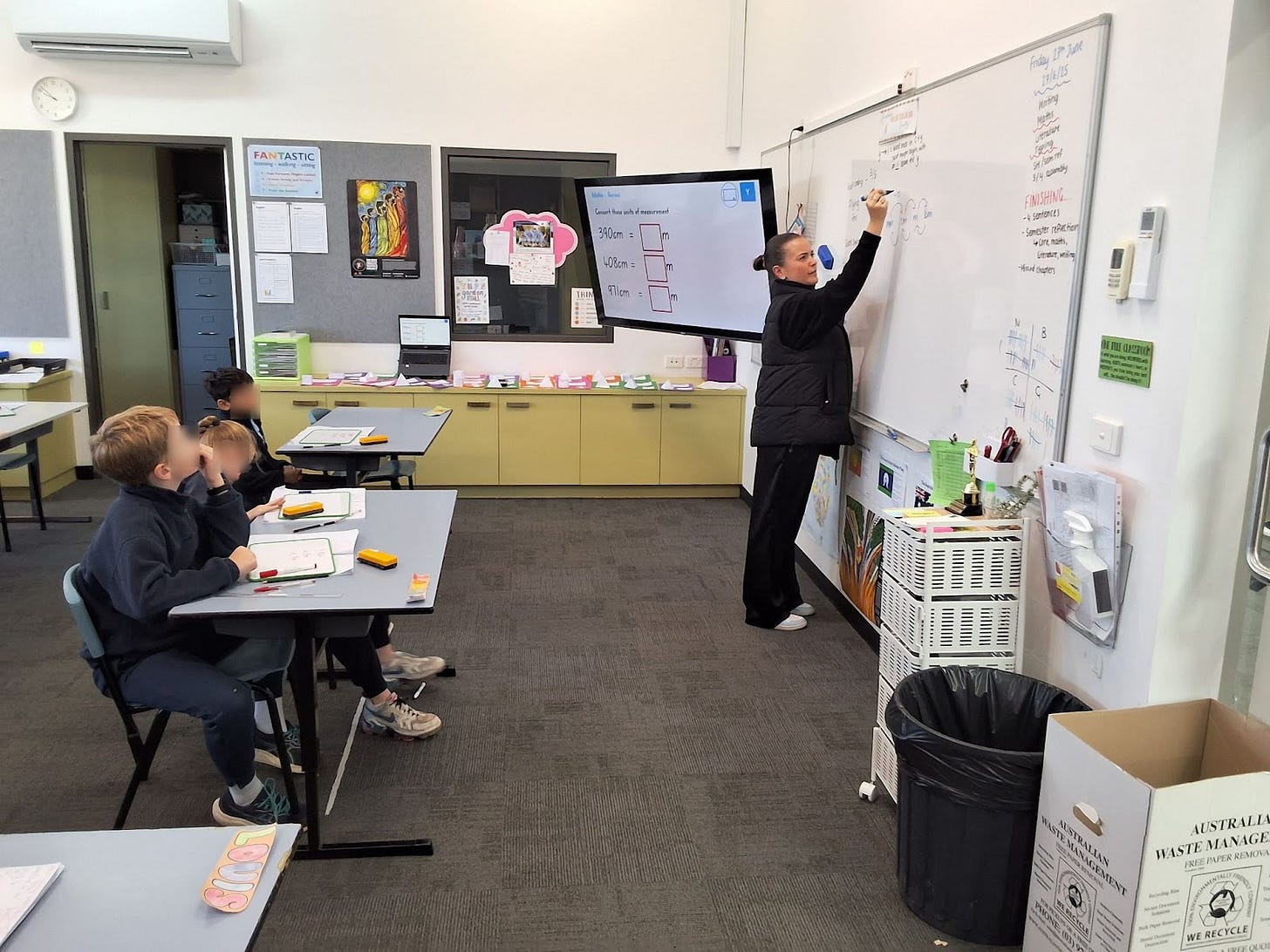
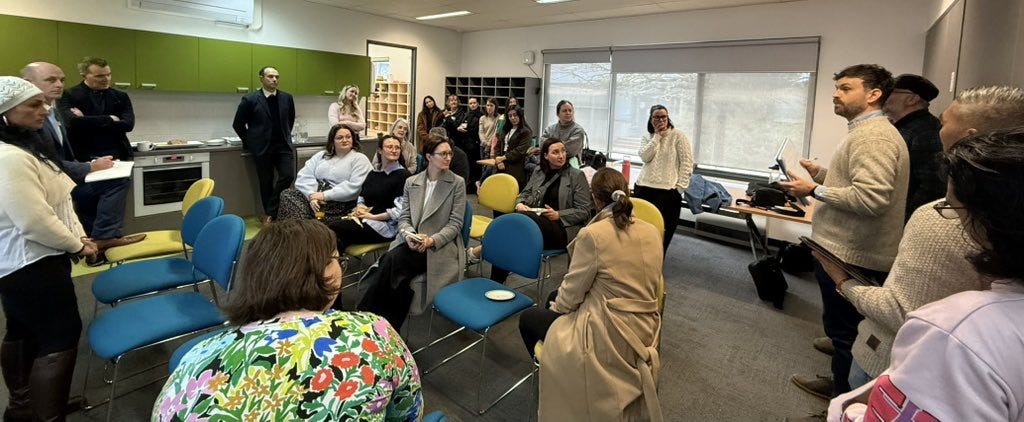

What an interesting and thought-provoking read. Would love to hear more about the administrative tasks removed from teachers to help their focus remain on teaching and learning…
Love this!! So proud that my kids attended and still attend (for one of them) such an incredible school with a leadership team focused on fostering an environment of growth while setting high expectations both academically and socially. I’ve watched the school transform over the last 9 years and I feel so proud to say my kids are THPS graduates! Shout out to Jet and Rhys!! Thank you!! 👏🏽✊🏽